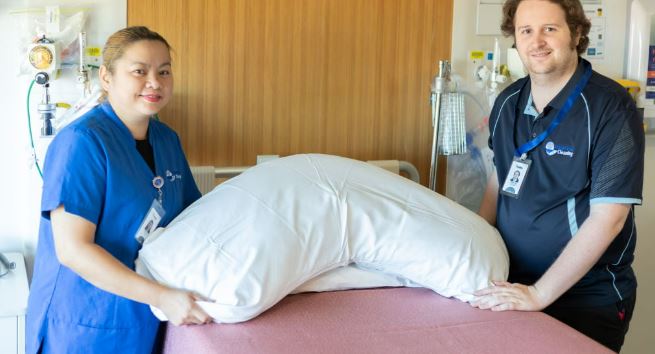In aged care facilities, efficient management of laundry services is crucial not only for maintaining cleanliness and hygiene but also for ensuring the comfort and well-being of residents. The efficient handling of laundry can streamline operations, reduce costs, and enhance overall facility management. This article explores various strategies and technologies that aged care laundry services facilities can adopt to improve their laundry efficiency.
Introduction
Laundry services in aged care facilities play a vital role in maintaining hygiene standards and resident satisfaction. These facilities handle a significant volume of laundry daily, including bedding, towels, and personal clothing items. Efficient management of laundry not only reduces operational costs but also contributes to a safer and more comfortable living environment for residents.
Types of Aged Care Facility Laundry Services
In-house Laundry Services:
Many aged care facilities operate their own laundry facilities on-site. This allows for greater control over the laundry process, including washing, drying, folding, and storage. In-house services can be tailored to meet the specific needs and schedules of the facility.
Outsourced Laundry Services:
Some facilities opt to outsource their laundry services to specialized providers. Outsourcing can be beneficial for facilities that lack sufficient space or resources for an in-house laundry operation. It also allows staff to focus on core caregiving tasks rather than laundry management.
Benefits of Improving Laundry Efficiency
Improving laundry efficiency in aged care facilities offers several advantages:
Cost Savings: Efficient laundry practices can reduce water, energy, and detergent consumption, leading to lower operational costs.
Time Management: Streamlined processes save time for staff, allowing them to focus more on resident care and less on laundry tasks.
Improved Hygiene: Effective laundering helps maintain high hygiene standards, crucial for preventing infections and promoting resident health.
Enhanced Resident Comfort: Fresh, clean linens and clothing contribute to a comfortable and dignified living environment for residents.
Sustainability: Reduced water and energy usage align with sustainability goals, making the facility more environmentally friendly.
5 FAQs about Improving Laundry Efficiency in Aged Care Facilities
What are the key factors to consider when upgrading laundry equipment?
Upgrading to energy-efficient washers and dryers can significantly reduce operating costs. Consider machines that offer programmable cycles, water-saving features, and quick drying times to improve efficiency.
How can scheduling and workflow optimization benefit laundry operations?
Implementing a structured schedule for laundry tasks and optimizing workflow can minimize downtime and ensure timely delivery of clean linens to residents.
What role does staff training play in improving laundry efficiency?
Proper training ensures that staff understand best practices for sorting, washing, and handling laundry items. This reduces errors and improves overall efficiency.
What are the advantages of using laundry management software?
Software solutions can automate inventory tracking, monitor machine performance, and generate reports on laundry operations. This helps in identifying areas for improvement and optimizing resource allocation.
How can outsourcing laundry services improve efficiency in smaller facilities?
Outsourcing allows smaller facilities to benefit from economies of scale and access specialized equipment and expertise. It frees up internal resources for resident care and reduces the need for capital investment in laundry infrastructure.
Conclusion
Efficient management of laundry services is essential for aged care facilities aiming to enhance resident satisfaction, minimize costs, and maintain high standards of hygiene. By adopting modern technologies, optimizing workflows, and investing in staff training, facilities can significantly improve their laundry efficiency. Holy Cross Services exemplifies these principles by integrating best practices in laundry management to ensure the well-being and comfort of their residents.
In conclusion, prioritizing laundry efficiency not only improves operational effectiveness but also enhances the overall quality of care provided in aged care facilities. As these facilities continue to evolve, efficient laundry management remains a cornerstone of their commitment to resident welfare and operational excellence.




.jpg)

Comments